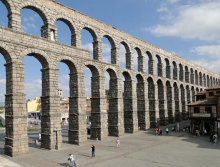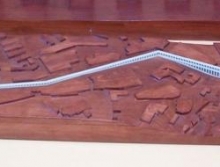One of the best preserved Roman aqueduct in the world
14 April 2013 Price range : 0 - 10 USD
Classified at the UNESCO World Heritage Sites, Segovia is worth a visit just to admire this piece of Human Ingenuity, and more particularly the building talents of the …More
1 review






.jpg&w=110&h=84)





.jpg&w=80&h=80)





